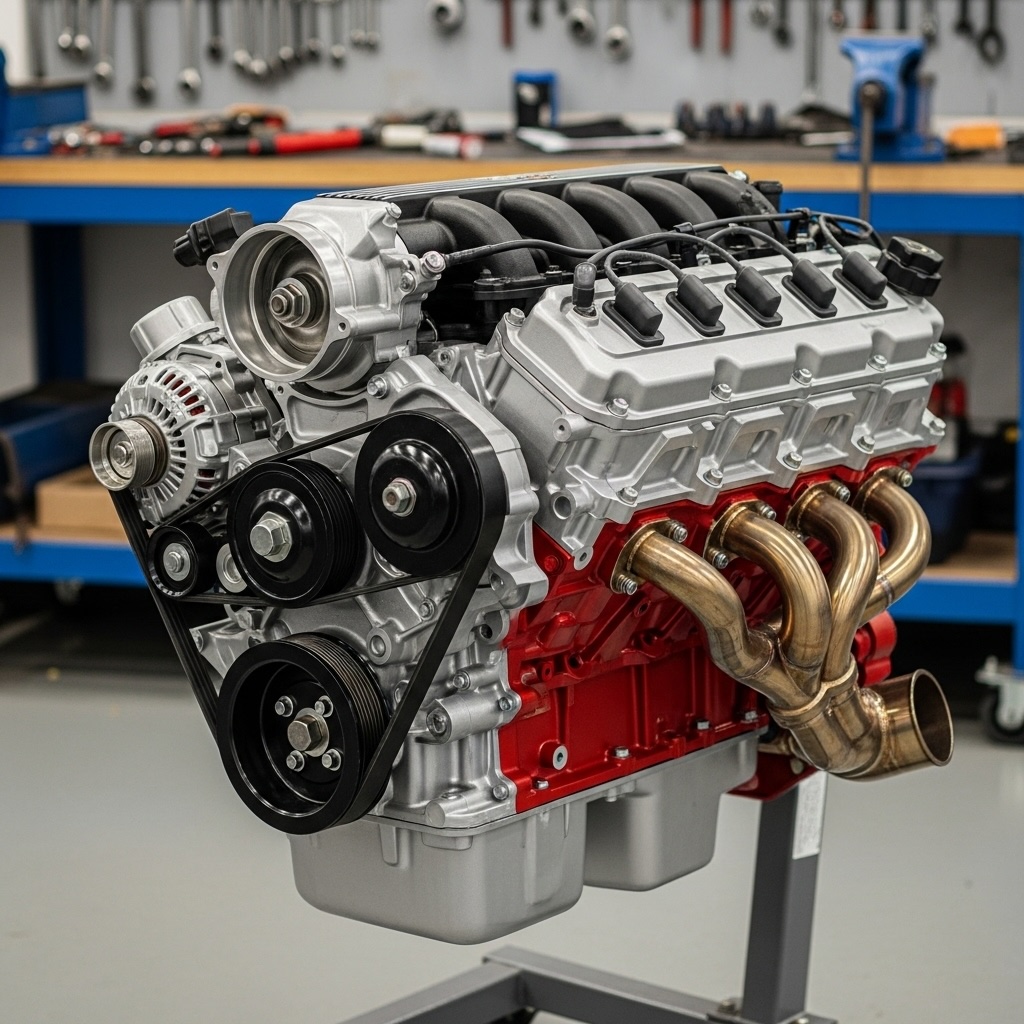What Exactly is a "Core"?
In the auto parts industry, the "core" is your old, used, or failed part. When you buy a remanufactured engine, for example, the remanufacturer needs your old engine to continue their production cycle. This old engine is the core. It contains the essential, non-wearable components (like the engine block and cylinder heads) that can be cleaned, inspected, re-machined to exacting tolerances, and rebuilt into a new, functional unit.
Why Do Core Charges Exist?
A core charge is a deposit that you pay when you purchase a remanufactured part. It's a temporary, refundable fee designed to incentivize you to send back your old part. Think of it like the deposit on a glass bottle or aluminum can—you get your money back when you return the item. This system is the backbone of the remanufacturing industry and offers several key benefits:
- Ensures a Supply of Parts: It guarantees that remanufacturers have a steady stream of cores to rebuild, keeping high-quality parts available on the market and preventing shortages.
- Promotes Environmental Sustainability: Remanufacturing is one of the most effective forms of recycling. It saves immense amounts of energy and raw materials compared to manufacturing a new part from scratch. Returning a core prevents it from ending up in a landfill.
- Lowers Costs for Everyone: By reusing the core components, remanufacturers can offer parts that meet or exceed OEM specifications at a fraction of the cost of a brand-new unit. This saving is passed directly to you, the consumer.
How to Get Your Full Core Charge Refunded: A Step-by-Step Guide
Getting your deposit back is straightforward if you follow the supplier's instructions. The main goal is to return a core that is in a "rebuildable" condition. While internal failure is expected (that's why you're replacing it!), the outer casing and major components must be intact. Here’s how the process typically works:
- Keep the Original Packaging: Your remanufactured part will arrive in a specialized crate, tote, or pallet. This packaging is designed for safe return shipping. Do not discard it!
- Prepare the Old Part: After your mechanic installs the new part, completely drain all fluids (oil, coolant, etc.) from the old core. Transfer any bolt-on accessories that were not included with the new part back to the old one.
- Secure the Core for Shipping: Place the old, drained core back into the original shipping container. Secure it using any provided straps or bolts to prevent it from shifting during transit.
- Schedule the Return: Contact your supplier to initiate the core return. They will provide you with a Bill of Lading (BOL) and arrange for a freight company to pick up the core from your mechanic's shop or residence.
Common Reasons for a Reduced or Denied Core Refund
To ensure you get your full deposit back, avoid these common pitfalls:
- External Damage: The core must be free of cracks, holes, or other major damage to the case or block from external forces (like accidents or improper removal). A "window" in the side of the block from a thrown rod is a common reason for denial.
- Disassembled Core: Do not return the core in pieces. It must be returned fully assembled, just as the replacement part was received.
- Missing or Incorrect Parts: The core must be a "like-for-like" replacement for the part you purchased. Returning a different type of engine or a core with missing major components (like a crankshaft or cylinder head) will result in a denied refund.
- Shipping Damage: If the core is not secured properly in its packaging, it can be damaged in transit, which may void your refund.
By understanding and respecting the core charge process, you are participating in a sustainable, circular economy that keeps quality auto parts affordable and accessible. It's a win for your wallet and a win for the environment.

